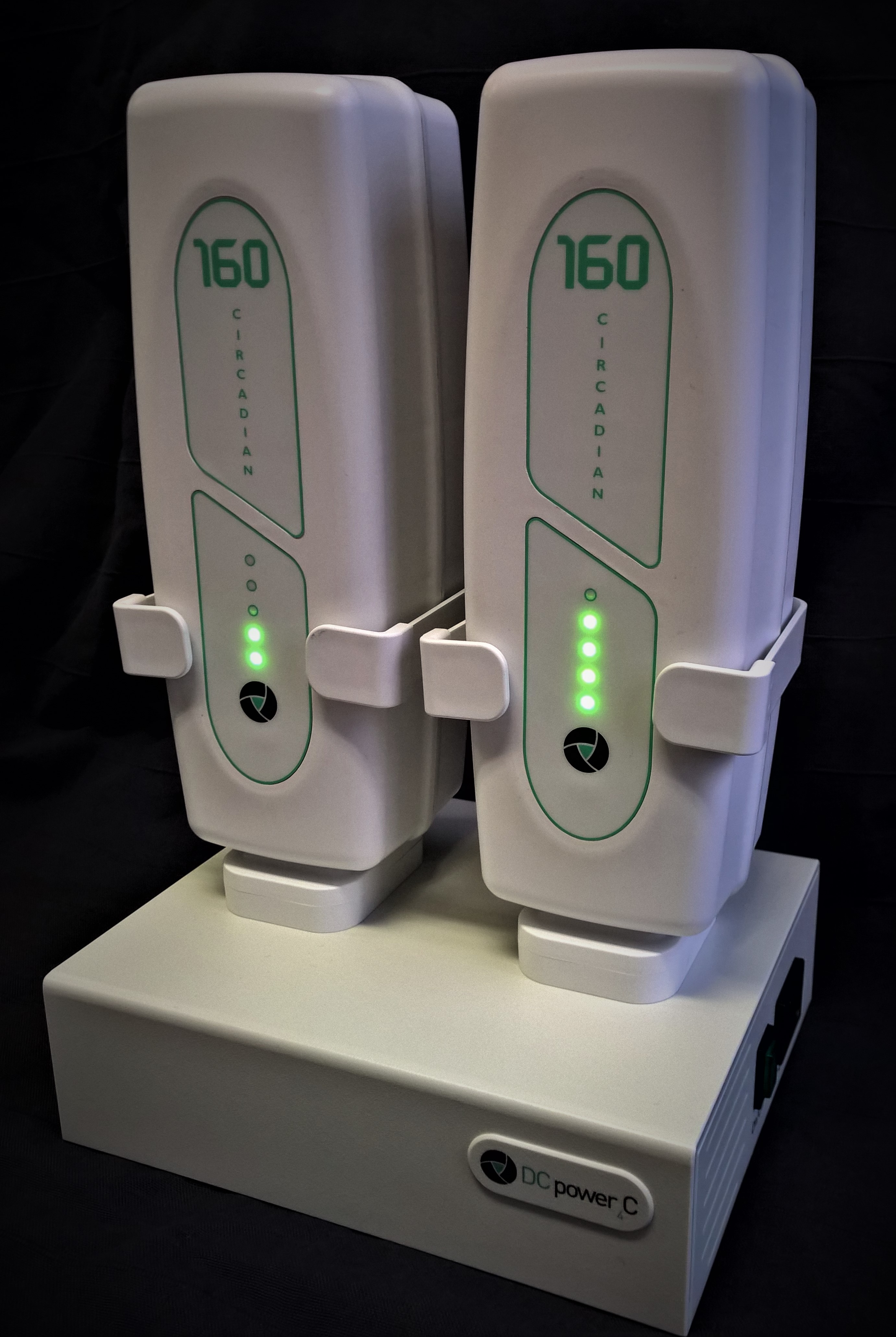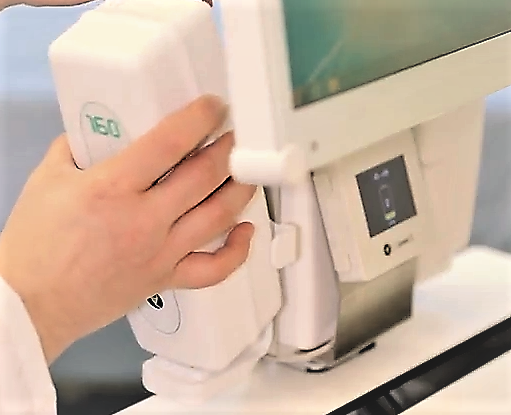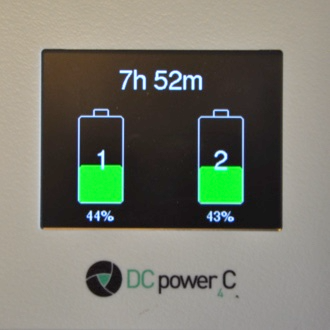Battery Storage
Lithium Ion batteries self discharge at a very slow rate compared to other cell technologies. However, if self discharge is uncontrolled, they are both in theory and in practice potentially hazardous. Regulators require inbuilt safety circuitry to intervene and disable the Cell-Pack if such issues occur. Such safety monitoring ranges from simplistic to sophisticated. Therefore all Lithium Ion cell-packs should be understood as electronic products – not merely batteries.
The internal electronics requires power. As the cell-pack discharges the voltage drops until End of Discharge EoD. Formally Capacity is zero. At this point Cell-Packs normally do still have remaining capacity – so voltage levels can still drop a further 1 to 2V. Cell-Pack monitoring is reduced to the bare essentials – sleep mode etc. If there is no more power, logically the last safety act will be to shut down the cell pack. Furthermore a Cell-Pack that spends considerable time at a deep discharged level becomes chemically altered with a build up of metallic deposits. These are potentially reactive on charging and can also form dendrites – a short circuit hazard. Therefore, Over-Discharge Protection is a regulatory requirement. The Cell Pack is permanently disabled and made safe if it drops below a pre-defined voltage level.
This is a feature – not a bug!
Circadian batteries:
The latest versions - with PN ending in 2 - manufactured from July 2021 can be left on cart for longer periods: approximately 5 months for the C200, 6 months for the C160 and 3 months for the C80. In storage, assuming a 30% charge on delivery they will last over a year.
Older versions had shorter storage times: The table below outlines the calculated life in days in 4 different scenarios.
|
C80 |
C160 |
C200 |
||
|
On Delivery |
Deactivated at 30% |
6 Months |
6 Months |
6 months |
|
Charged to full |
Deactivated at 100% |
12 Months |
12 Months |
12 Months |
|
Activated |
30% full |
2 Months |
2 Months |
2 Months |
|
Charged to full |
Activated at 100% |
3 Months |
3 Months |
3 Months |
|
On Cart C-Mount |
Battery empty |
1 Month |
2 Months |
2 Months |
|
On Charger ( no power) |
Battery empty |
1 Month |
2 Months |
2 Months |
- Deactivated. When shipping, DCpower4C deactivates batteries. Nothing works until the battery receives a charge! This allows us to extend storage time significantly.
- 30% full is the max capacity permitted when transporting/shipping Lithium Ion batteries. Deactivated batteries will be at somewhere between 20% and 30% on arrival.
- 100% full. If batteries are charged full the shelf life in the box is then very long indeed. Yet it still needs managing.
- On the Cart. When the Circadian battery is put on the cart, the Hot Swap DC-DC electronics, the LCD and active LEDs represent a load (1-2 Watt) and the battery discharges quite fast. When empty there is still a residual capacity subjected to a much reduced load, however at some point the battery is in danger of Over Discharge and failure. The C80 battery with less capacity is the most vulnerable. If left on the cart at a low Voltage, the Circadian batteries will protect themselves by entering a sleep mode. They can then only be woken by a reset or toggle - which is putting them on a powered charge position. This significantly lengthens the time the battery can remain on the cart.
Implications for Stock:
If batteries are stocked for longer periods:
- Charge to full on receipt and deactivate
- Keep out of direct sunlight and avoid extreme temperatures
- Keep batteries in their boxes
- Implement Fifo (first in, first out).
- Check Capacity on C80 batteries every 4 months and C160/C200 batteries every 6 months.
- Deliver to Hospitals in their boxes, not on the Carts. This is anyway much safer for the transporter.
Implications for the Hospital / End User.
- Charge to full on receipt. Deactivate again
- Keep in boxes until ready for use.
- Instruct staff to either charge batteries when empty or remove them from the cart. Don’t leave them on the cart empty.
- Batteries can be kept on Chargers indefinitely. Just ensure that the charger is plugged in and turned on.
- If long term storage is required, then deactivate the batteries.
Discharged batteries:
If a battery appears to be deep discharged, the LEDs (state of Charge) will not light up and the battery will not deliver power or seem to charge. Push and Hold the Button for 2-3 seconds to activate the State of Health. If the LEDs still don’t light up, the battery needs service and might be permanently damaged. First put on a charger ( to make sure it is not deactivated) and leave for 12 hours. The battery will either slowly completely recover in this period or it is dead. Immediately check all other batteries, to avoid any further issues and contact service.
ProDurance batteries:
These can be stocked and left on the carts for much longer periods than the Circadian systems. We still advise not to plan to stock for extremely long periods and if a system is built into a cart, to make sure the system is charged on delivery and that the end customer checks and recharges on a regular basis.




